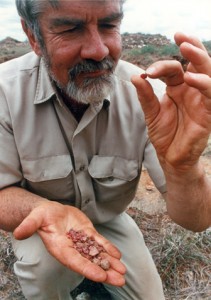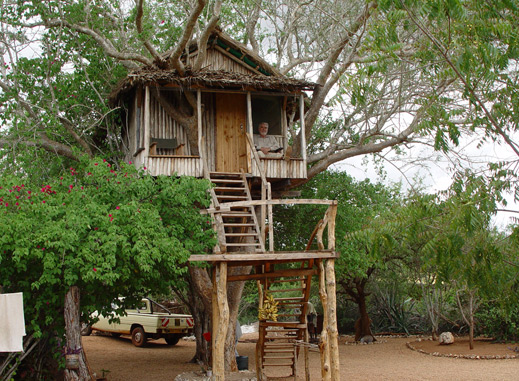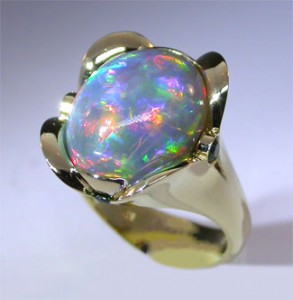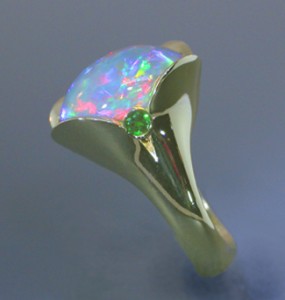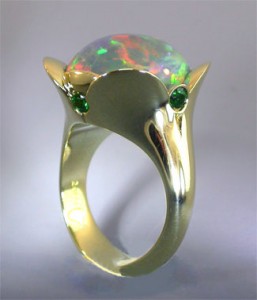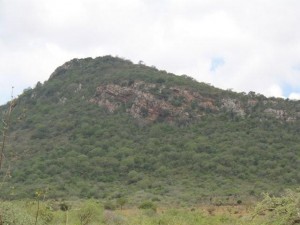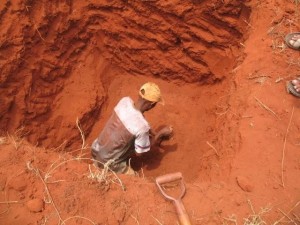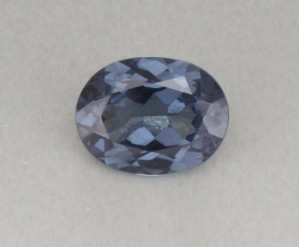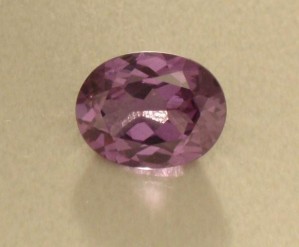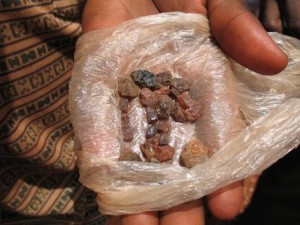by Richard W. Wise © 2009
Well I just bought a Kindle and I am in love. For those few sad Luddites who are unfamiliar, kindle is Amazon’s new e.book reader. It about an inch thick, has a 4×6″ screen and using its proprietary software allows you to download and read any one of 270,000 books. That’s a lot of titles and most are priced lower, sometimes much lower than a paperback. Yes, it seems that Kindle readers, since they already shelled out 300 bucks for the devise figure that nothing electronic is worth more than 9.99.
It about an inch thick, has a 4×6″ screen and using its proprietary software allows you to download and read any one of 270,000 books. That’s a lot of titles and most are priced lower, sometimes much lower than a paperback. Yes, it seems that Kindle readers, since they already shelled out 300 bucks for the devise figure that nothing electronic is worth more than 9.99.
What we are looking at here is a revolution. The most important thing to happen since the invention of movable type. In its advertising, Amazon brags that you can purchase and download a book in less than a minute and its true. I made my first purchase sitting in the passenger seat of a car. The Kindle works using cell phone technology so you don’t even need a computer to download it. Just access your Amazon account and buy with one click of the little five way doohickey located just to the right of the bottom of the screen.
The French Blue now available on Kindle.
Free Kindle Edition to Amazon Reviewers
Looking for reviews for my new book, The French Blue. If you are a well rated Amazon reviewer and are willing to review the book in exchange, send me an email with a link to your amazon handle and I will send you a Kindle copy.
For more on The French Blue here is a link to a recent interview I did on local TV.
September’s newsletter focuses on sapphire. If you are interested in being on the newsletter mailing list, drop me an email: richard@rwwise.com. Here is a snippet:
September Is Sapphire
The Legend of Kashmir
Kashmir sapphire was first found on a rocky hillock high in the mountains in the Indian province of Kashmir toward the end of the 19th Century.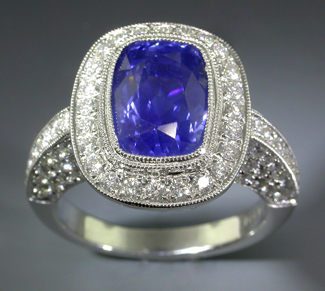
Kashmir sapphire is known for its “cornflower” color and as in the image above, it has a soft, velvety glow. The characteristic glow is caused by myriads of tiny sub-microscopic floury particles which occur in hexagonal zones (see below left) within the stones and scatter light as it passes through the gem. These zones are one of the characteristics which make it possible for gemologists to identify sapphire from Kashmir. Kashmir sapphire also lacks chromium, the rare earth Element that lends a purplish hue to sapphire from other sources.  Thus, Kashmir gems will not “bleed”, or lose color as the light shifts from natural to incandescent. (pictured above right, 5.33 carat Kashmir sapphire set in a platinum ring
Thus, Kashmir gems will not “bleed”, or lose color as the light shifts from natural to incandescent. (pictured above right, 5.33 carat Kashmir sapphire set in a platinum ring
Kashmir sapphire was mined out by 1930 and there has been no significant production since. We have several fine Kashmir stones. Give me a call and let’s talk about the legendary sapphire of Kashmir: 800.773.0249 or by email: richard@rwwise.com

